Types of memory exercises
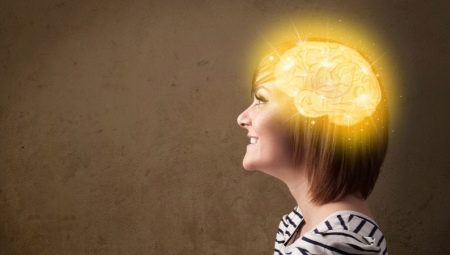
Did you know that for neuroscientists the phrase "I have too bad a memory" means the same as "I'm too lazy to go to the gym, so I'm fat"? And all because memory is something like a muscle that can and should be pumped up. It cannot be bad or good - there can only be lazy or, conversely, hardworking people.
Today we will talk about how to develop your memory at home, give recommendations on how to improve it, and give examples of useful exercises.
Simple tasks
First, a little theory. For quite a long time, memory was considered to be something resembling a large filing cabinet, and the process of its weakening over time was compared to the fading of ink. Nowadays, this approach has lost its relevance, since it was proved that there is no single part of the brain responsible for storing information and reproducing it.
The mechanisms of memory have not been fully studied by scientists to this day. The only thing they agree on is that this function of our brain can and should be developed in the same way as everyone else. Ancient Greek thinkers were still engaged in this problem, and many of the exercises they invented have survived to our times after thousands of years.
We bring to your attention the most popular methods of training thought processes, which, with regular exercise, will allow you to multiply the speed and quality of memorizing the data you need.
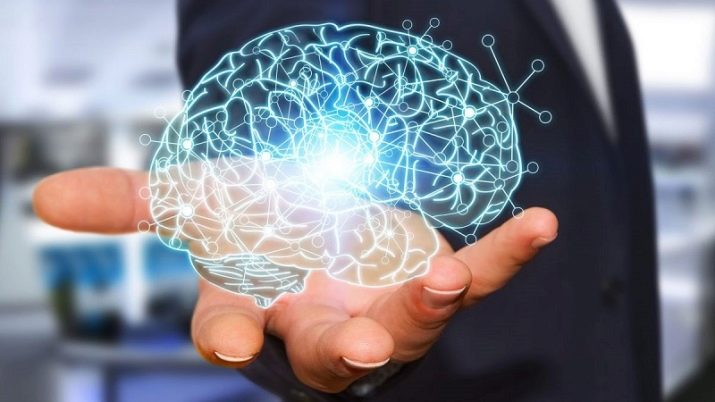
Difference puzzles
The easiest and most interesting way, familiar to us since childhood, is puzzles with differences. Here to a person pictures are offered, which show almost identical pictures, but with slight differences... For children and adults, the tasks may differ - the youngest are given simple images, the number of differences in them usually does not exceed 10, and for adults, more complex images with a large number of details and small elements are offered, respectively, and the number of differences also increases.
Poems and songs
From an early age, children are taught to memorize poems and texts. This skill needs to be constantly trained, even if the school curriculum no longer requires you to do such tasks. When a person often memorizes short poems or rhymed songs, then over time, his memory improves..
Of course, it is much easier to work with some interesting materials, however, schoolchildren should still pay attention to the information that, in one way or another, will be related to the educational process.

Spelling words
Immediately connected with the spelling of words some pretty original exercises.
- The first allows you to pump linear memory... You need to take a piece of paper and write 10–20 words on it, reread them several times, first aloud, and then silently. After that, you need to turn the paper over and write everything that you remember. Gradually, the task can be complicated and write these words in the order in which they were originally written. An even more difficult version of this exercise is the task to reproduce all words from memory in alphabetical order.
- The second exercise may also seem like a game: you need to come up with words for each letter of the alphabet... This task is especially relevant, because in the process of its implementation, the human brain resumes access to many half-forgotten words. Thus, it activates those connections between nerve cells that were in a "dormant" state outside the solution of this problem.
- This task resembles the famous game when each player needs to come up with a word, starting with the letter that ended the word uttered by the previous player. Play with your children for 10-15 minutes a day and you are guaranteed to improve the quality of your memory.
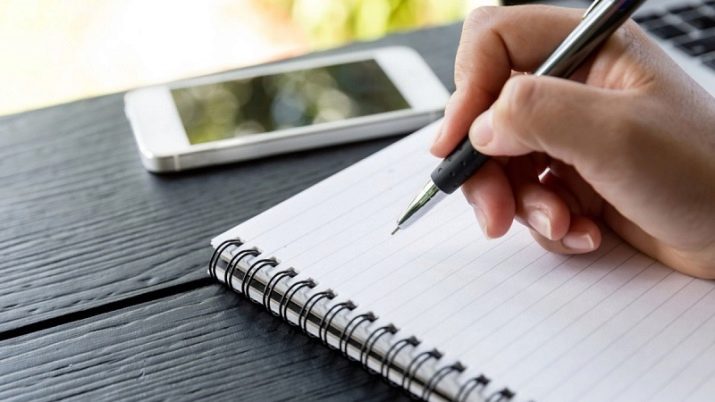
Retelling
Retelling is a very useful skill that helps to train reading, speaking and, of course, memory. Anyone who has trouble remembering you must first give small paragraphs for reading, after which he must retell them... Gradually, you can move on to large amounts of information.
In general, the retelling of books, stories and texts allows not only to train the process of memorization in the brain, but also makes it possible to learn some new interesting information, to ponder and reflect on current problems.
"Backwards"
Quite an effective technique that can be used from an early age. She aims to to develop short-term memory... The task comes down to the fact that a person needs to memorize three simple words of 2-3 syllables, and then reproduce them in reverse order. Gradually, the task can be complicated by increasing the words, then moving on to phrases and even long sentences.

Associative thinking
If you intend to improve the quality of your RAM, then it is impossible to do without some anchor points that will prevent you from getting lost in the complex maze of all the thought processes taking place in your head. The activity of the brain is influenced not only by the time spent on the exercise, but also by the understanding of the very essence of mnemonics. That is why exercises that are somehow related to associative thinking can make a significant contribution to improving a person's memory.
As you know, a person can best remember things that are understandable to him: in other words, information remains in the head only if the individual is able to comprehend it... Therefore, associations become a good helper in the memorization process.The principle of the exercises is based on the fact that each new image in human thinking evokes already existing images and somehow connects some concepts.
Data can be associated by contiguity (for example, winter and cold), by contrast (hot and cold), and some other criteria. As practice shows, memorization is best if not logical thinking is used, but fantasy.
Let us explain with an example. It will be much easier for children to memorize numbers if they pick up some kind of association for each of them, for example, write down the numbers on paper, and then think about what they look like.
So, the number zero looks like an egg, and the number 8 resembles a snowman. By the way, this practice will allow you to better memorize phone numbers in the future.
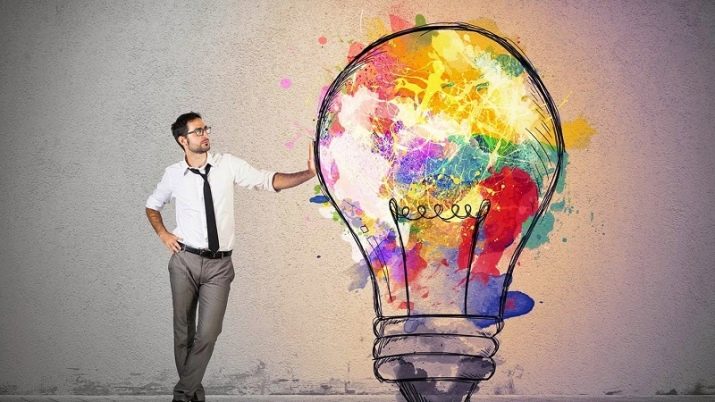
Highly it is important to use the method of compassion, while it is better to connect five senses at once. For example, if you need to remember the phrase "fried potatoes", then here you can bring several associations at once: remember how it looks, what its taste, smell, and with what sounds it is fried. If, when receiving new information, you focus on your feelings and sensations, then it will be much easier to perceive this data and remember them. Agree, it is difficult to forget all the information that caused the activity of several anatomical structures of your body at once.
Pay special attention to pictograms - we find such “icons” everywhere in our life: in books, trademark logos, phones. Pictograms are a good way to remember any information.... The exercise is not difficult: you need to come up with some kind of sentence and try to draw a corresponding icon for each word. For example, you can try to depict the verb “to see” in the form of an eye, and the word “inhale” - through the image of a nose and a stream of steam. After you've drawn a few sentences, you need to try to reproduce the ciphertext.
Another interesting visual association exercise. A person needs to close his eyes and try to remember all the objects that he saw on the way from work to home or to any other point. After that, they must be written down on a piece of paper in order, or a route must be drawn.
This exercise allows you to develop a sequential memory so as to teach a person to memorize objects and things in the correct order.

Working with images
Improving memory is impossible without working with pictures and developing vocabulary. Such exercises are developmental, aimed at concentration. In the simplest version, you need any image: you should look at it for about 3-5 minutes, after that you need to look away and try to describe this picture. It is advisable to repeat this exercise several times a day, and you can do this while lying in bed, sitting in a chair or doing household chores.
Another exercise. It is necessary to take several cards with images of different birds and animals, carefully look at them, remember. After this, the illustrations are removed and all the creatures seen are recorded on a sheet of paper. It is very important to change the pictures regularly to improve the quality of your workout.
More difficult exercise... In it, the cards are not pictures, but contain textual data, for example, the names of people and dates associated with certain events in their lives.
For example:
- Katya and Zhenya got married on June 15, 1996;
- Masha was born on December 3, 2008;
- Katya graduated from the institute on July 21, 2010;
- the new shopping mall will open on November 21, 2021.
After you read the card, you need to turn it over and try to reproduce from memory everything that was written on it.
This is a very useful gymnastics for the mind - if you resort to the exercise regularly, then after a while you will be able to notice that your memory has become much better.

Auditory memory training
Many people do exercises that improve visual memory, and completely forget about the auditory, which needs to be developed just as actively. Reading books is the best for this: every day you should read aloud for at least 10-15 minutes... By the way, schoolchildren can use textbooks for this - in this way, you can combine homework with memory training.
Quite an unusual task can be completed outside the home. For example, on the way to work or just on public transport, you quietly listen to the conversations of people sitting next to you and memorize them, and then repeat excerpts from what you heard. If a person uses his personal transport to move, then news and advertising can be repeated. We draw your attention to the fact that the repetition of the obtained data is essential when performing this exercise, otherwise the method will simply not work.

Other exercises
Japanese scientists believe that the best way to "pump" your brain and improve memory is by verbal counting, since it involves the active involvement of processes called short-term or working memory, that is, the one that allows you to keep all the necessary current information in your head.
Probably, everyone has come across such a situation when you came to the store with the intention to buy something, and once inside, you forgot what exactly you needed. This indicates that your short-term memory has let you down. Several exercises can be recommended here. The simplest thing is to quickly count backwards, for example, from one hundred to one. You can complicate the task a little more, for example, perform the countdown in triplets: 300 ... 297 ... 294 and so on. This exercise is the best at improving the quality of short-term memory.
Chess is a very useful exercise in logic, which has long been perceived by people as something more than just a game. They involve all possible types of brain activity in the work. This is not surprising, because the player must calculate in advance the moves (both his own and the opponent's) and, on the basis of these calculations, develop an interaction strategy. The game gives a large number of impressions, and therefore, improves the load on working memory and thereby contributes to the maintenance of the brain in an active state.
To increase the concentration of attention and strengthen the process of storing the obtained information, games with the search for identical images or figures are used. To do this, place 18–20 paired cards on the table, turn them over in turn and remember where which one is. Purpose of the game: open cards in pairs and put them aside. By the way, such simulators can be found on the Internet and used for daily brain training, for example, on public transport on the way to work.
Much attention should be paid to memory training in stroke patients. This disease disrupts cerebral circulation, affects the lobes and hemispheres of the brain - as a result, neurons die off, and this causes a deterioration in the functioning of the organ.
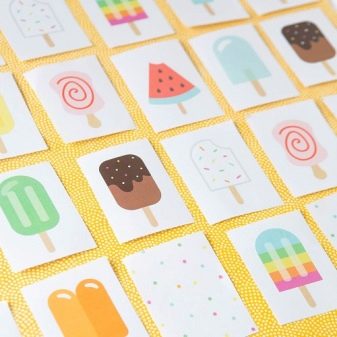
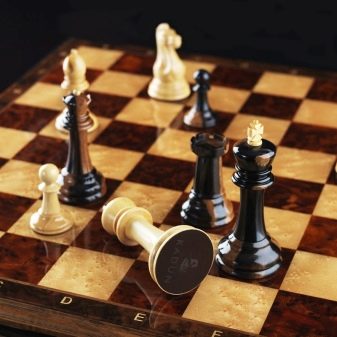
Unfortunately, it is almost impossible to restore memory in full after a stroke, however, it is quite possible to achieve a significant improvement in the situation.
Working with patients begins with the most basic exercises.
- The patient is given 1–2 letters, after which he is given a text in which he must find them.
- 3-4 of any simple objects are placed in front of the patient, he must carefully examine them for several minutes, then remove, list the names and describe what he saw. Such a task must be gradually complicate and add new items or use more detailed ones.
- Give the sick person pictures of the children with their names. Each child in the picture should be different in some element of clothing - it can be a blue bow on the head, green shorts or a red dress.The cards should be turned over and the patient should be asked to describe what each child was wearing.
Recovering memory in a person who has suffered a stroke is a complex, time-consuming and lengthy process and, of course, exercises alone cannot be done here - the patient needs medication in any case... However, regular practice can significantly speed up the rehabilitation process. By the way, the same tasks will be useful for the onset of signs of dementia.
In general, we can say that exercises aimed at training memory can significantly improve the quality of human life and optimize brain functions. Yoga, exercise, finger gymnastics help to improve memory and concentration.... These types of activities improve the blood supply to the brain and allow you to achieve the maximum possible results of memorizing information.
You need to train your memory from early childhood. - this will allow the child to master the school material much easier. Otherwise, it will be difficult to master a program in which every year you have to memorize more and more new information, and sometimes completely uninteresting.
Particular attention should be paid to memory training for older people. Only proactive actions and constant mnemonic exercises will allow them to avoid many of the problems that every person who has crossed the 60-year milestone faces.









